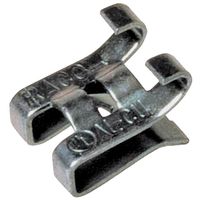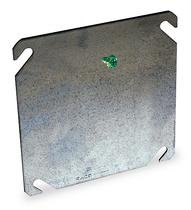stickboy1375
Senior Member
- Location
- Litchfield, CT
jim dungar said:When a term is not defined in the NEC you need to go to a "standard" dictionary or thesaurus.
"Likely to become energized" could be restated as "Probably will become energized" or "To be expected to become energized".
In common usage, "likely" is almost never means "possibly".
Imagine the conversation
Employee: Can I take the afternoon off?
Boss: Likely
What does the employee think is going to happen?
I don't think a metal switch plate is LIKELY to become energized... but I still ground my switches...



